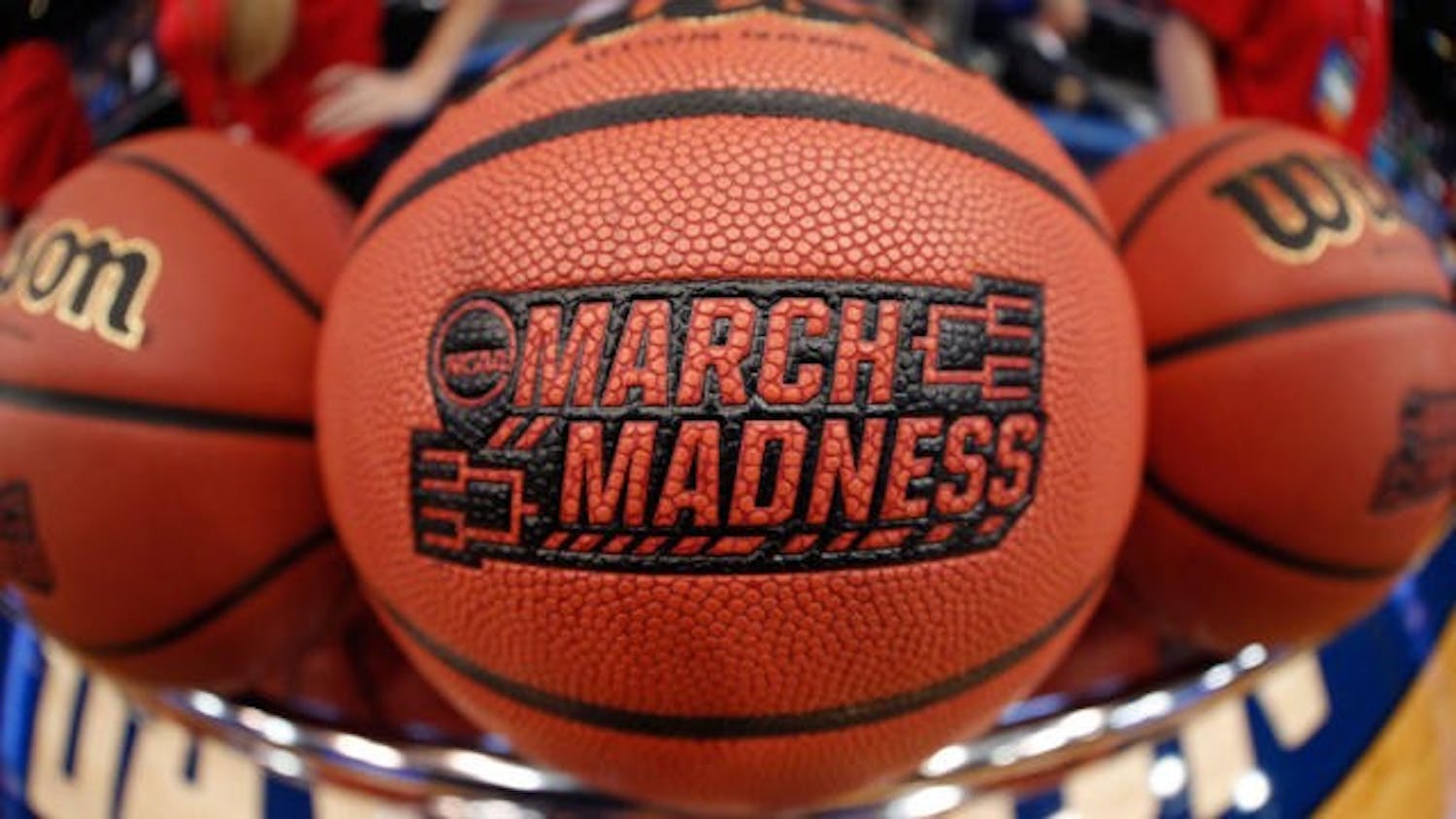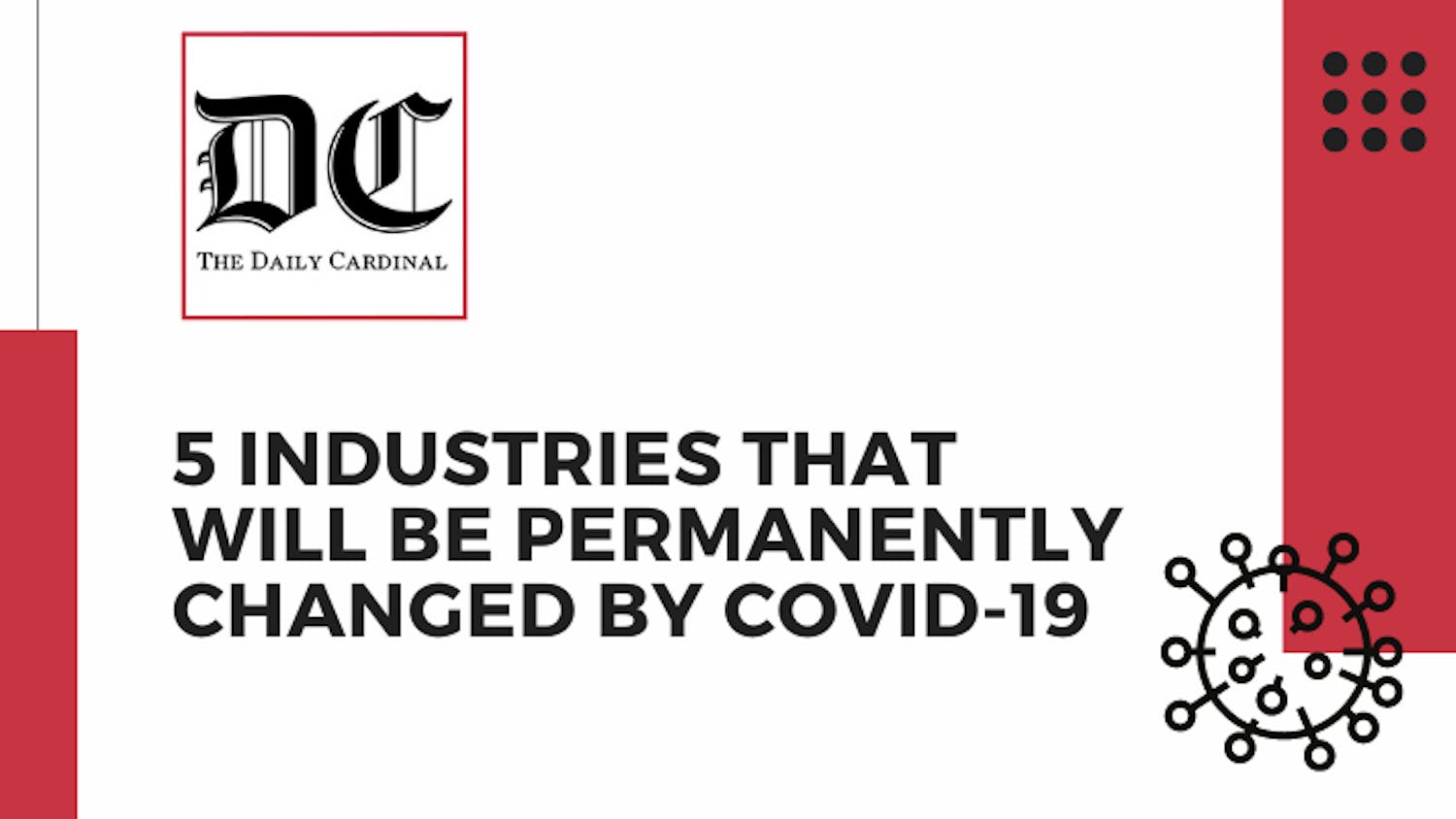Part of the gig of being a college student is the constant struggle to save money. This means eating a lot of Trader Joe’s frozen food and budgeting all week long because we don’t want to spend our valuable money unless it’s at one of Madison’s college bars or on a 30 rack of beer every weekend.
It’s for these reasons that coupons, loyalty programs, and promos are such an effective marketing tactic to build strong student loyalty. As students, it makes us feel good when we perceive we’re saving money or getting a good deal.
In fact, it has been scientifically proven that discounts and saving money make people feel happier and more relaxed. A 2012 study looking at how coupons affect people’s mood and stress levels found that the participants who received a $10 voucher experienced a 38% rise in oxytocin levels and were 11% happier than those who did not receive a coupon.
One of the most influential components of this type of promotional sales marketing is how the discounts are presented. Traditionally, consumers have not been the best mathematicians, but specific phrasing draws consumers in even when not much money is actually saved once the math is done. Wording and presentation of discounts such as “buy one get one 50% off” is the main factor in driving consumer purchase behavior.
One example of a company that executes this strategy extremely well is Starbucks. The Starbucks loyalty program attracts millions of customers with hopes and promises of free drinks and snacks after accumulating enough Star points.
Starbucks presents consumers with really enticing deals, but in order to save that money on a free drink, they are required to spend a certain amount first. “Say I was 10 stars away from a free Starbucks drink and I didn’t really want one that day, I’m still going to get it because I want the extra loyalty points”, said Allison Jessup, senior at UW. Starbucks’s effective strategy gets consumers to spend, spend, spend in hopes of eventually saving a little.
Promo codes and sales also create a sense of urgency that gets consumers to make quicker purchase decisions rather than shopping around and considering other options. A local State Street example that utilizes this tactic is Urban Outfitters. Urban outfitters will frequently hold limited-time sales events that drive consumers to spend less time contemplating their shopping decisions in order to take advantage of discounts before it’s too late.
Last week at Urban Outfitters was 30% off dresses and I impulsively bought a sundress on the last day that I probably didn’t need because I didn’t want to miss out on the lower price. After the negative temperatures in February, 40 degrees in Madison feels quite warm, but realistically I have no use for a dress in the near future.
There are many other ways to motivate consumers to buy from your brand including free shipping on orders over a certain amount or a free gift with any purchase. Promo codes, sales, and loyalty programs can be a mutually beneficial approach for both customers and brands. If your business is looking for a way to boost sales while building consumer engagement and brand loyalty, especially amongst students, then this type of marketing should be a top priority.






